Why tomatoes have a yellow spot ("shoulders") on the stalk: reasons and what to do
It so happens that tomatoes ripen and turn red, but the stalk still has yellow spots (the fruits do not ripen), sometimes they also say “yellow shoulders” appear.
So what are the reasons for the appearance of yellow spots on the stalk in tomatoes?
Let's figure out why this can happen and what needs to be done to prevent this from happening.
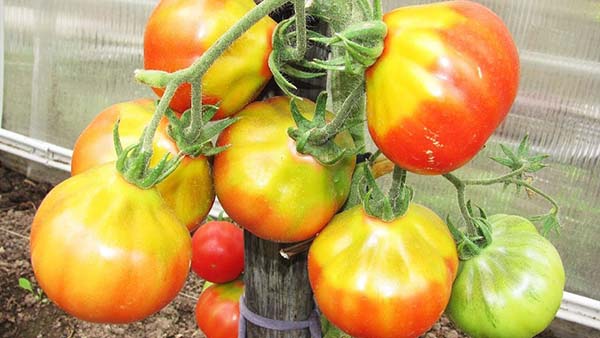
Content
Why yellow spots or shoulders appear on the fruit of tomatoes at the stalk: reasons and what to do
So, yellow spots or "shoulders" on tomatoes can appear due to the following reasons:
- lack of potassium (or poor digestibility);
- sunburn (but it looks a little different);
- degeneration of the variety or low-quality seeds;
- characteristics of the variety.
Let's talk more about each of them below.
Video: "yellow shoulders" on tomato fruits
Potassium deficiency
The most likely and common cause of yellow spots in tomatoes is a lack of potassium in the soil or poor absorption by the plant.
Note! Potassium may be quite enough, but it may simply not enter the plants due to excess nitrogen, high soil acidity (above 7 pH), hard water, waterlogged or dry soil (improper watering).

Thus, yellow spots (shoulders) on the stalk of tomatoes are formed for the reason that potassium has a direct effect on the ripening of the fruit, in other words, a lack of potassium causes the fruit to stop coloring in its upper part.
By the way! Potassium deficiency is also expressed curling the tips of the leaves and a characteristic brown border along their edges (they also say that what happens marginal burn).
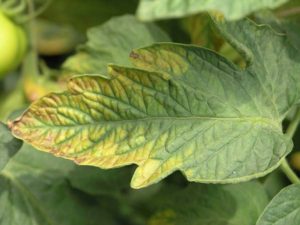
What potash fertilizers to feed tomatoes so that they do not have "yellow shoulders" at the stalk?
By the way! The site has a detailed article about when, how and what to feed tomatoes after planting in the ground (greenhouse) and during fruiting.
List of the most famous potash fertilizers (apply according to package instructions).
- Potassium sulfate (potassium sulfate).
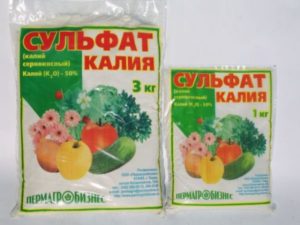
- Kalimagnesia.
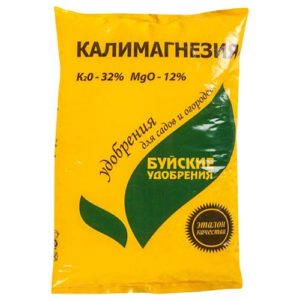
- Potassium chloride (only for the autumn digging).
Important! Chlorine retards growth and worsens the quality of the crop, therefore potassium chloride is applied exclusively in autumn, and by the beginning of the vegetative period of the plant, chlorine has already been washed out of the soil.
- Potassium monophosphate (the most effective potassium-phosphorus fertilizer, but quite expensive).
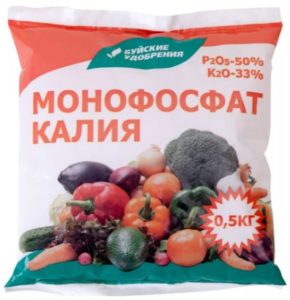
- Wood ash (the only option for followers of organic farming).
By the way! The site has a separate article about than useful wood ash for plants, when and how to use it in horticulture.
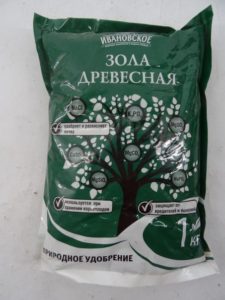
There is also an opinion that a natural source of potassium is banana peel, which some gardeners advise to add when planting in a hole (i.e. similar wood ash). However, you must understand that the amount of potassium in the peel is negligible.
When is it better to deposit potash fertilizers?
Often, potash and other fertilizers are applied in the fall or spring during the preparation of the beds for planting (planting tomato seedlings in open ground or greenhouse).
However, it is worth knowing that potassium is quickly washed into the lower layers of the soil (of course, not as quickly as nitrogen, but still), therefore, it is more expedient to apply potash fertilizers for vegetable crops in spring or with summer dressings, as well as in autumn for crops with deep root system (the same fruit trees, shrubs).
As for whether how to feed tomatoes, then this can be done both under the root (or initially embedded in the soil), and along the leaves, i.e. spray, but only in this case, the concentration of the fertilizer solution should be reduced by 2-3 times.
Important! In general, it is more often nitrogen fertilizers (manure, herbal fertilizers) overdose, but can be overfed with potassium, due to which a lack of calcium will appear against the background of an excess of potassium, then you will provoke top rot of tomato fruit... Therefore, to prevent this from happening, so to speak, just in case after potash feeding, it is better to additionally give calcium (for example, calcium nitrate).
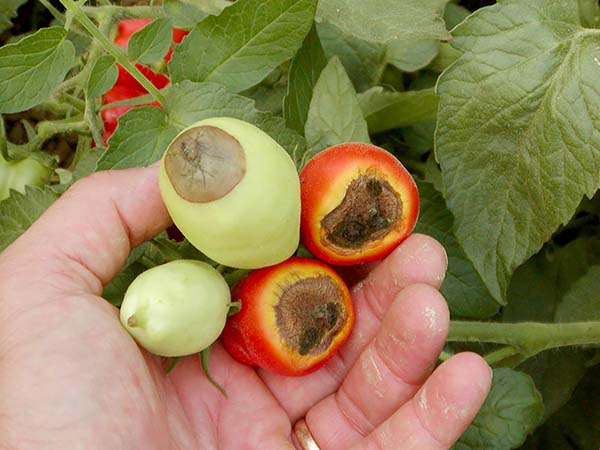
Sunburn
Yes, really yellow spots on the fruits of tomatoes can appear due to excessive sun, so something is very desirable shade the bushes from the sunny side, and also be sure to leave leaves on them so that they cover the fruits.
However, spots in this case are not formed at the stalk, but on the side of the fruit.

Degeneration of the variety or poor quality seeds
If you are several years in a row independently collect and harvest tomato seeds of a certain variety, then after several generations it may simply begin to degenerate (the spots become more and more).
What to do?
It's simple: buy quality seeds from trusted growers (well-known companies) and grow tomatoes from your own seeds as long as the tomatoes are of proper quality.
Features of the variety
On the other hand, if this is not a lack of potassium, then it is not always worth sinning on the degeneration of the variety or on low-quality seeds (deception of the manufacturer). The fact is that other varieties growing under the same conditions (in the same greenhouse) may not have such a spot, although the care and initial fertility of the soil are the same. Perhaps this is such a specificity of the variety.
So, the Truffle variety often grows by default with a yellow spot, as often the Bull's Heart, Mazarin, Budenovka and others.

Worth knowing! However, it is believed that different varieties may react differently to a lack of potassium. Some varieties (more demanding) - yellow spots are formed on them, on others (less demanding) - no.
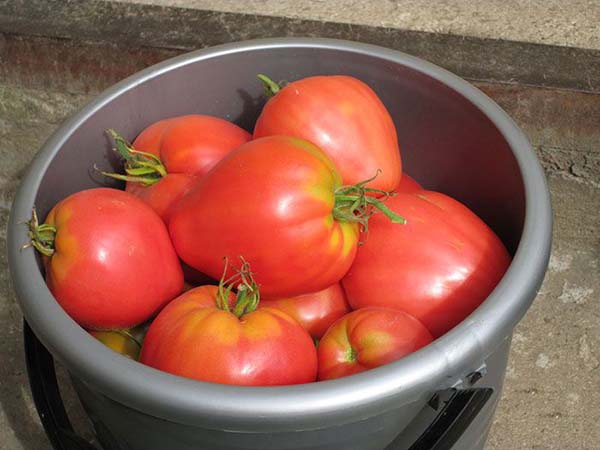
Thus, now you know all the reasons why yellow spots (shoulders) can form on the stalk of tomatoes, which means you can take the necessary measures to ensure that your harvest is of high quality.
Video: why does a tomato have a yellow spot at the stalk


Thanks for the very helpful advice! Good luck to you!